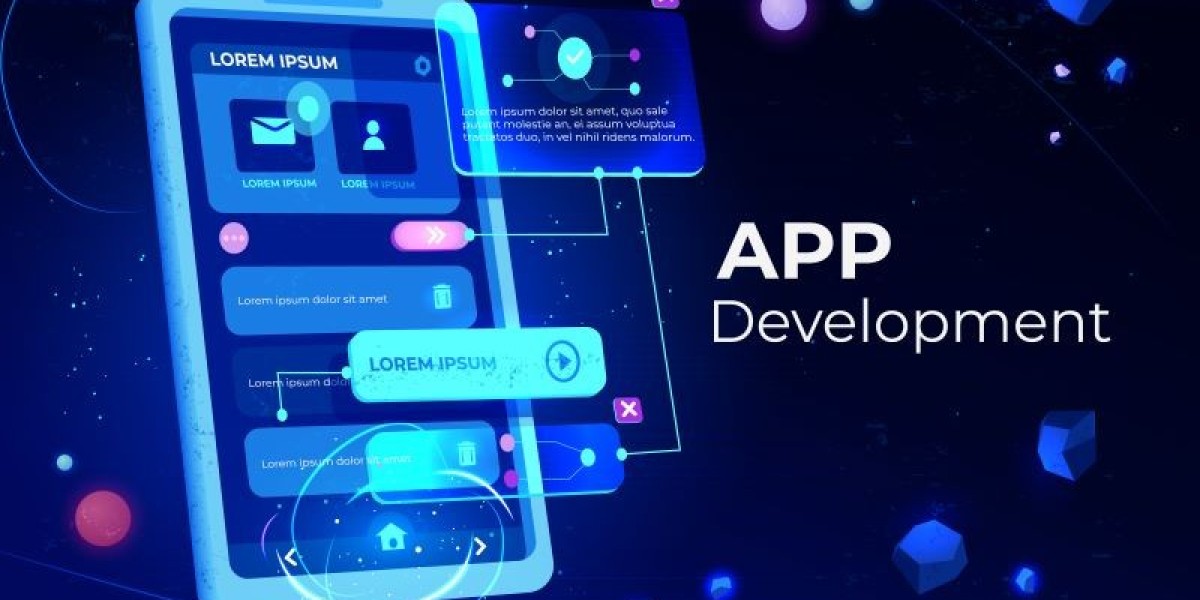In recent years, the Internet of Things (IoT) has become a transformative force in various sectors, but its impact on urban development is particularly revolutionary. When we talk about IoT for smart cities, we’re referring to a technology-driven approach to making urban environments more efficient, sustainable, and livable. From traffic management to energy consumption and public safety, IoT is reshaping how cities function and improving the quality of life for their residents.
The Foundation of Smart Cities: Understanding IoT
At its core, IoT refers to a network of interconnected devices that collect and exchange data. In the context of smart cities, this means integrating sensors, software, and other technologies into urban infrastructure to gather real-time information. This data can then be used to optimize city operations, reduce costs, and enhance the overall urban experience.
1. Enhancing Urban Mobility with IoT
One of the most significant benefits of IoT for smart cities is its impact on urban mobility. Traditional traffic management systems often struggle with real-time data, leading to inefficiencies and congestion. However, IoT-enabled traffic management systems can monitor traffic flow, adjust signal timings dynamically, and provide real-time updates to drivers. This not only helps in reducing traffic jams but also decreases fuel consumption and emissions.
Smart parking solutions are another example of how IoT can improve mobility. Sensors embedded in parking spaces can provide real-time information about available spots, reducing the time drivers spend searching for parking. This leads to less congestion and lower stress levels for drivers, contributing to a more efficient urban transport system.
2. Sustainable Energy Management
Energy consumption is a critical issue for modern cities, with increasing demand putting pressure on existing infrastructure. IoT for smart cities plays a pivotal role in managing and reducing energy consumption through smart grids and energy-efficient systems.
Smart grids use IoT sensors to monitor and manage electricity distribution, detect faults, and predict maintenance needs. This proactive approach not only enhances reliability but also reduces energy waste. For instance, smart meters provide detailed usage data that can help consumers adjust their habits and save on energy bills. Additionally, integrating IoT with renewable energy sources, such as solar panels, allows for better management of energy production and consumption, supporting the transition towards more sustainable urban environments.
3. Improving Public Safety with IoT
Public safety is a top priority for any urban environment, and IoT for smart cities offers innovative solutions to enhance security and emergency response. Surveillance cameras equipped with IoT capabilities can provide real-time monitoring and analysis, helping law enforcement respond more effectively to incidents.
Moreover, IoT sensors can detect environmental hazards, such as air pollution or water contamination, and send alerts to authorities. This allows for quicker interventions and helps prevent potential health risks to residents. Additionally, smart street lighting systems can improve visibility and reduce crime rates by automatically adjusting brightness based on activity levels.
4. Optimizing Waste Management
Waste management is another area where IoT technology is making a significant impact. Traditional waste collection methods often involve fixed schedules and manual inspections, which can be inefficient and costly. IoT-enabled waste management systems use sensors to monitor the fill levels of trash bins and predict the optimal collection times.
This data-driven approach helps reduce the number of collection trips needed, saving fuel and lowering operational costs. Additionally, IoT systems can provide valuable insights into waste generation patterns, enabling cities to implement more effective recycling programs and reduce overall waste production.
5. Enhancing Citizen Engagement and Services
IoT for smart cities is not just about technology but also about improving the quality of life for residents. Smart city platforms can offer various services that enhance citizen engagement and streamline interactions with municipal authorities.
For example, mobile apps connected to IoT systems allow residents to report issues such as potholes or streetlight malfunctions directly to the city’s maintenance teams. This leads to faster resolutions and a more responsive government. Furthermore, IoT-enabled public transport systems can provide real-time updates on schedules and vehicle locations, making commuting more convenient and reliable.
Conclusion: The Future of Urban Living with IoT
The integration of IoT into urban infrastructure represents a significant step forward in the evolution of smart cities. By harnessing the power of data and technology, cities can become more efficient, sustainable, and responsive to the needs of their residents. As we look to the future, the role of IoT in shaping our urban environments will only continue to grow, driving innovation and improving the overall quality of life in cities around the world.








